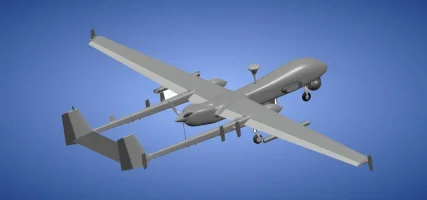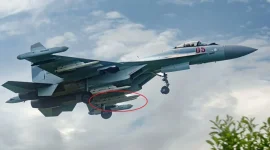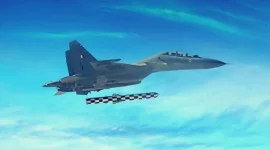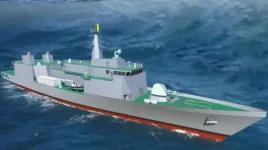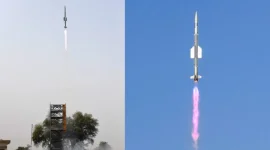- Views: 588
- Replies: 7
The Archer NG (Next Generation) unmanned aerial vehicle (UAV) is nearing a critical milestone, with its first flight anticipated in late March or early April. This news comes after the successful completion of taxi trials, indicating that the Archer NG is on track to meet the developmental objectives that its predecessor, the TAPAS-BH-201, was unable to achieve.
The Archer NG stands out with its unique design, borrowing certain technologies from the Tapas UAV program, particularly in its front section. However, it distinguishes itself with a single-engine, twin-boom pusher configuration, enhancing stability and control for demanding intelligence, surveillance, and reconnaissance (ISR) operations.
Initially, the Archer NG will focus solely on ISR functions. Unlike some UAV programs that incorporate weapons early in development, the Archer NG will integrate and test weapons systems only after completing its core developmental trials. Sources suggest this will likely commence around three years after the first flight, emphasizing the current priority of developmental and flight testing.
The Archer NG is poised to fulfill the original goals of the TAPAS-BH-201 program, which encountered challenges in meeting certain performance benchmarks. With successful taxi trials and the imminent first flight, the Archer NG appears to be on a more promising trajectory. The new UAV is expected to surpass the capabilities of the TAPAS program, offering enhanced reliability, payload capacity, and overall performance.
This development represents a significant advancement in India's UAV capabilities, with the Archer NG potentially playing a crucial role in modernizing the country's defence capabilities.

